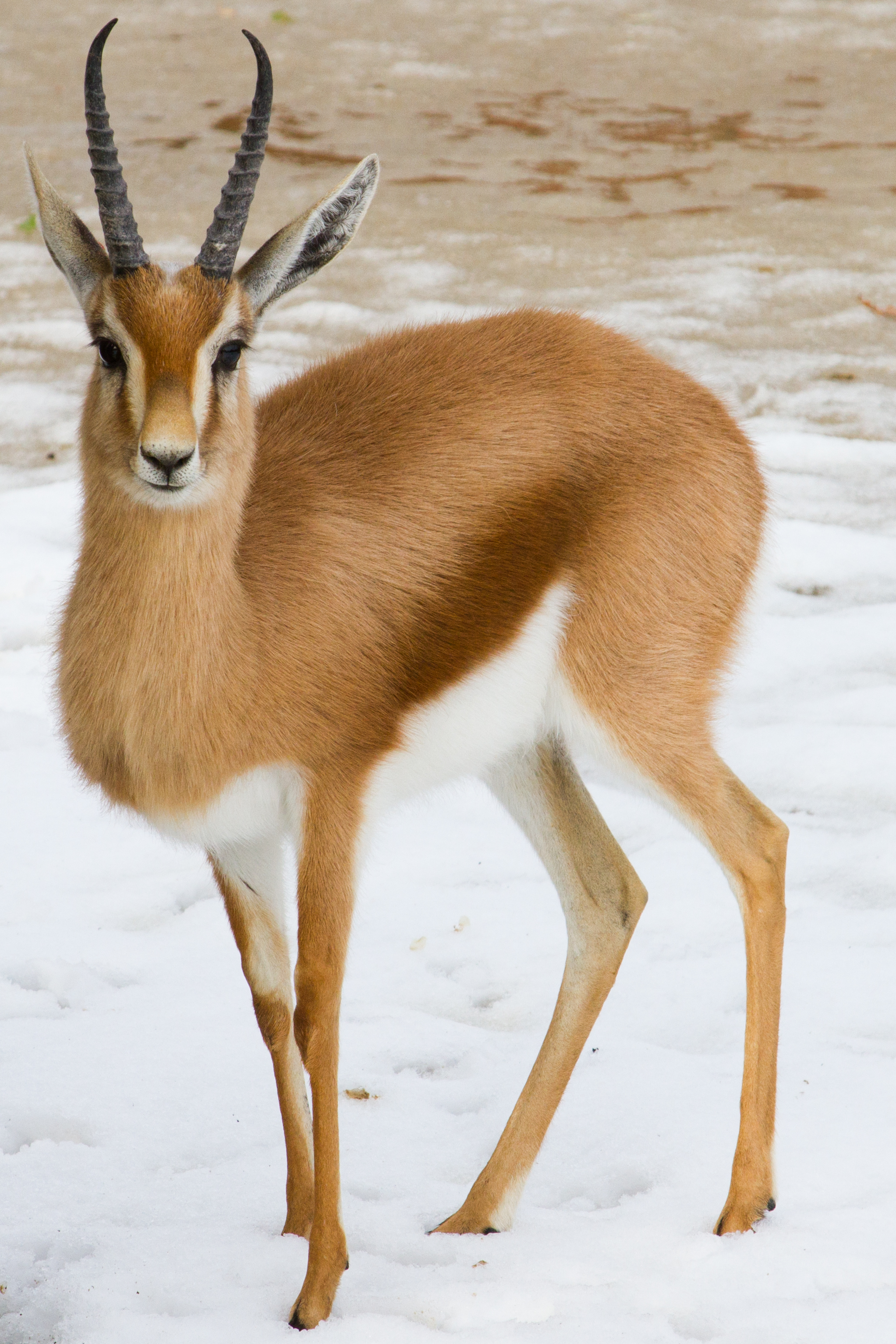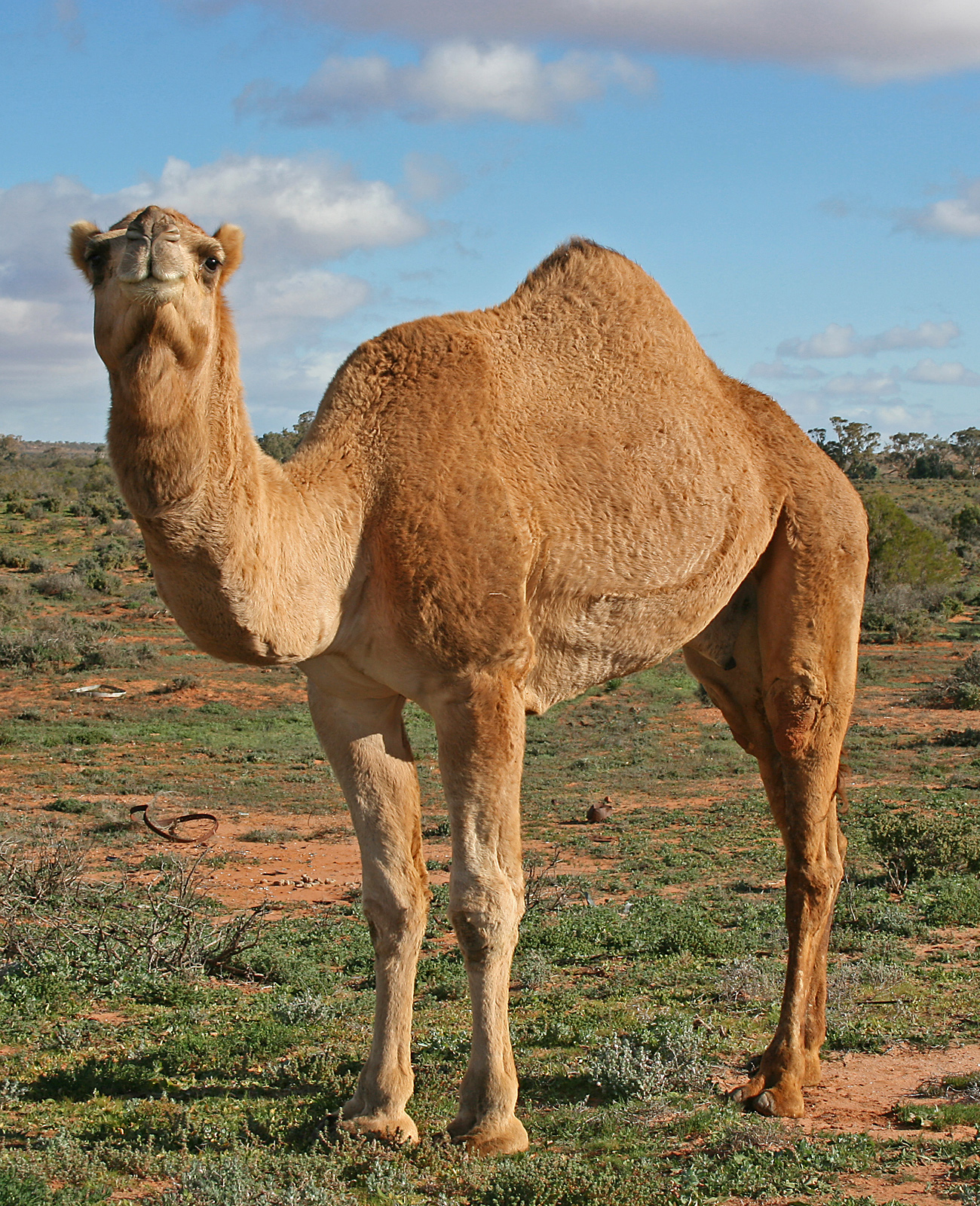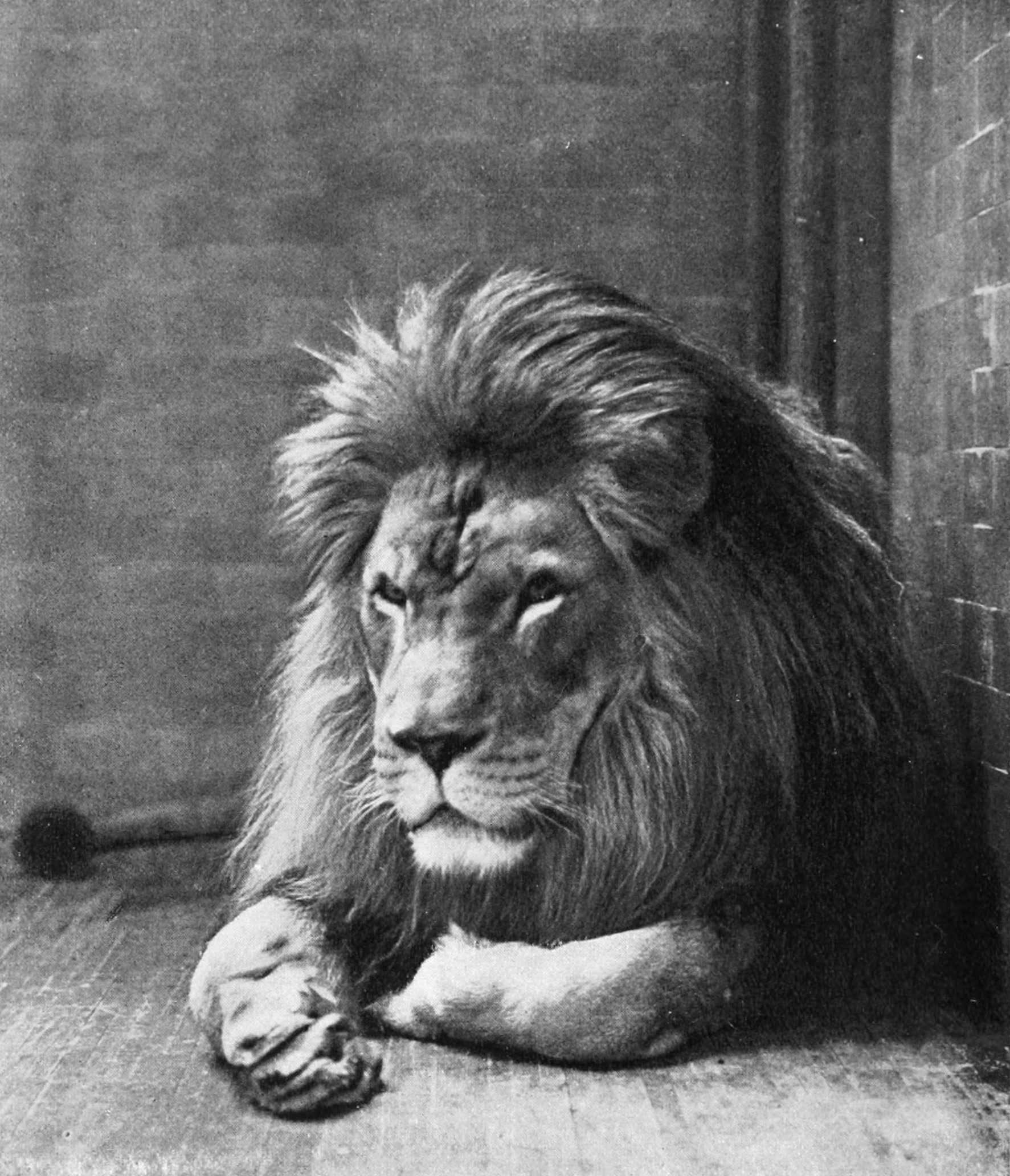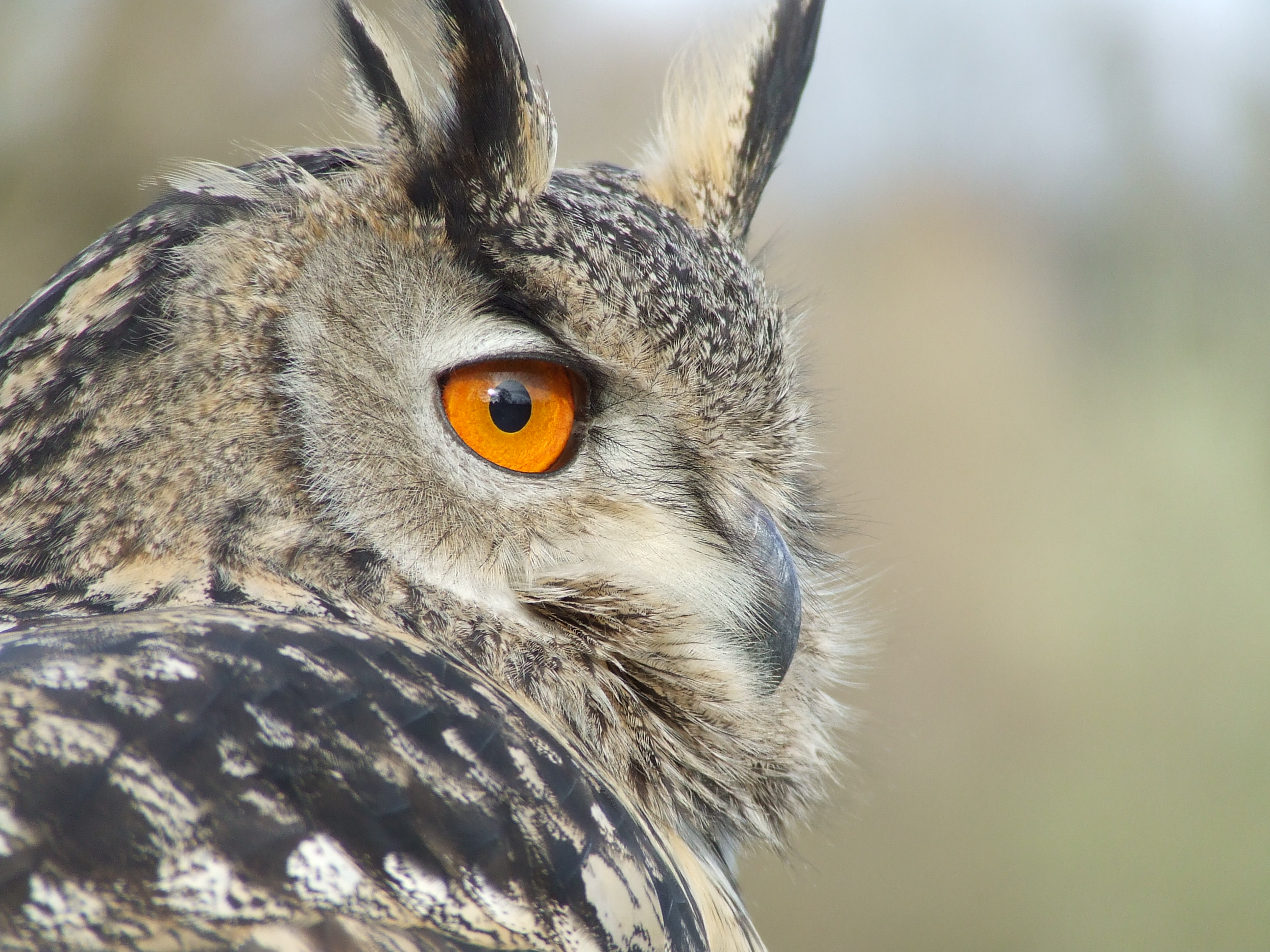In Morocco there is a huge amount of diversity of habitats and climates that support a wide range of species such as birds, mammals, amphibians, and insects. There are 460 bird species, 90 reptiles (50% more than Europe as a whole). Most of the life of the desert is governed by its ability to tolerate temperatures.
Morocco is made up of mostly desert and known for its high temperatures. These animals have adapted to the high heat and lack of sufficient water. Approximately 108 species of animals live in morocco, and 18 of those species are endangered.
By Flad (Own work) [Public domain], via Wikimedia Commons
These are 5 of the most popular (current and past) animals in Morocco:
- Dorcas Gazelle
- Egyptian cobra
- Camel
- Barbary Lion
- Phaoroh Eagle-Owl
Dorcas Gazelle
By Khendon (Own work) [CC BY-SA 3.0 (http://creativecommons.org/licenses/by-sa/3.0) or GFDL (http://www.gnu.org/copyleft/fdl.html)], via Wikimedia Commons
The most typical mammal in Morocco is the Dorcas Gazelle. It is the smallest of its species with long legs and curved horns. Both male and female have a full set of horns. They have very pale fawn colored fur Along with a white underside with a brown and tan stripe. Their forward and face is darker than the rest of its body. They are approximately 3-5 feet long with a 6-9 inch tail. Its approximately 30-45 pounds. Their average lifespan in the wild is 13 years, and in captivity they usually live around 18 years. Because of the lack of fresh water, these gazelles absorb water from the acacia leaves which make up the majority of their diets. Their known predators are cheetahs, leopards, lions, wolves, hyaenas, and humans. They outcompete other grazers such as sheep and goats and are used for economic purposes. They are hunted as a food source for humans. They are found in a variety of habitats including savannas, semi-deserts, and sand dune fields.
Click here to read more about the Dorcas Gazelle!
Egyptian Cobra
By John Walker, derivative work by Soli [CC BY 2.0 (http://creativecommons.org/licenses/by/2.0)], via Wikimedia Commons
Although this snake is called the Egyptian cobra, it can be found throughout most of North Africa, including Morocco. They typically inhabit dry and wet steppes, savannas, grasslands, and semi-desertic regions with some water and vegetation, abandoned animal burrows, and rock outcroppings. They have a small and flat heat with a rounded snout. They have large scales that vary in color from grey, yellow, brown, and almost black.When it feels threatened, it will raise its frontal part up into a U shape. They feed on eggs, chicks, lizards, birds, small mammals, toads, and even other snakes. They can grow to be anywhere from 3-10 feet long, and weigh up to twenty pounds. They usually live 20-30 years. The female cobra will lay between 8 to 33 eggs in a single clutch. The hatchlings are usually 8 inches to 1 foot and a half long. They fend for themselves shortly after they are hatched. It is one of the most venomous snakes in Africa, and is responsible for many human fatalities. Its neurotoxic venom destroys nerves and tissue, causes paralysis, and will result in respiratory failure and death in 15 minutes. It can even kill an adult elephant in 3 hours. They are mainly nocturnal but can be seen early in the morning. According to the San Diego Zoo, "You're probably familiar with this cobra: it's the snake used by snake charmers, although the practice of snake charming in India has been banned since 1991 by a wildlife protection act. The Indian cobra is an important predator species, consuming large numbers of rats. And its venom components have been used in medical research for drugs that can benefit mankind."
Camel
By Jjron (Own work) [GFDL (http://www.gnu.org/copyleft/fdl.html) or CC-BY-SA-3.0 (http://creativecommons.org/licenses/by-sa/3.0/)], via Wikimedia Commons
Camels are mammals with long legs, a big snout and a humped back. There are two types of camels: dromedary camels, which have one hump, and Bactrian camels, which have two humps. Camels' humps consist of stored fat, which they can metabolize when there is no food or water. They have a third, clear eyelid that protects their eyes from blowing sand. Two rows of long lashes also protect their eyes. A Bactrian camel, grows to a of 6 feet and a body length of 10 feet . They normally weigh 1,320 to 2,200 lbs when they are fully grown. Dromedary camels get up to about 6.5 feet tall and weigh 880 to 1,400 lbs. Camels are herbivores, so they don't eat meat. They can drink 30 gallons of water in just 13 minutes. Their bodies rehydrate faster than any other mammal. Female camels usually only have one baby, but sometimes camels have twins. The newborn is able to walk within 30 minutes, though the two won't rejoin the herd until around two weeks later. Camels make a variety of noises. One camel's noises was even used to voice Chewbacca in the Star Wars movies.
Barbary Lion
By Nelson Robinson [Public domain], via Wikimedia Commons
Barbary lions are the largest of the lion species, with males ranging 400-600 lbs and females ranging 250-400 lbs. Barbaries were approximately 9-11 feet in length. Barbaries have wide faces and rounded cheeks; More specifically, the most well-known characteristic is the thick, dark, full mane that extends over the shoulders and along the belly. The mane itself is blonde around the face, with the rest of it being a mixture of tawny grey, bright brown, and blackish brown hairs; it becomes darker towards the lion's rear. Barbaries also have slightly darker, more greyish fur and a noticeably shaggier pelt; they have a thick, full tail. Their eyes have very light, clear irises and appear to be golden or amber, rather than the brown of African lions. Barbary lions eat a variety of things. They eat gazelles, antelope, hyenas, zebras, wildebeests, birds, wild dogs, and other things. History tell us that the last wild Barbary lion was probably killed in 1922 by a French colonial hunter in Morocco. However it is not sure when these animals became extinct. Some people say they have been gone for decades but there is evidence that there is around 40 held in cativity in Europe and less then 100 in Zoos world wide. ScientificAmerican.com suggests that " The Barbary lion probably died out in Morocco in 1948 and mostly likely went extinct in Algeria in 1958. Because we're talking statistical probabilities, there is a confidence interval on that number suggesting that the extinction date could have been slightly earlier or as late as 1965."
Phaoroh Eagle-Owl
By Flickr user indygnome (Flickr here) [CC BY 2.0 (http://creativecommons.org/licenses/by
The Pharaoh Eagle Owl is a large owl with short and pointed ears. It is also known as the Desert Eagle Owl, Savigny's Eagle Owl or the Sahara Eagle Owl. The faceis tan with a rim made up of blackish spots. The eyes are yellow to deep orange. They are about 20 inches long, a wing length of 15 inches, and weigh around 5 pounds. The Pharaoh Eagle Owl becomes active after sunset. The Pharaoh Eagle Owl feeds with mainly small meals such as mammals, birds and reptiles, but also larger insects and scorpions. While rodents make up the main diet, rabbits, bats, desert foxes and hedgehogs are also taken. This owl normally hunts from a perch. They usually live in rocky deserts, mountains with cliffs, dry, rocky mountain slopes with scattered trees or shrubs, and occasionally in dry savannas.
Click here to read more about the Phaoroh Eagle-Owl!




